Rā whānau ki a tātou, today marks the 32nd birthday of NZMS! To celebrate this occasion we want to reflect on what we’ve accomplished over the last three decades within the cultural heritage sector, focusing in particular on the lasting relationships we have developed — not only with our customers and peers in the sector, but also within our dedicated team.
For us, this anniversary is also a tribute to our customers, the numerous communities we assist, and our loyal staff. We want to extend our sincere gratitude towards those who have supported NZMS and made it possible for us to thrive, despite the difficult times brought on by the pandemic. The last few years have been unpredictable and challenging for everyone, whether located in Aotearoa or other parts of the world. It motivated us to employ new ways of working, utilise digital and online resources, and ensure health measures were firmly in place to protect our team and customers.
Working within the cultural heritage sector is continually inspiring: we are uplifted by participating in its supportive community, sharing our expertise, and most of all by being a part of the story. We know how much communities across Aotearoa value GLAMIR sector organisations and the vital role they play in our society as community hubs, informal learning environments, and protectors of our cultural heritage — so we are grateful to have the opportunity to make a contribution.
We’d like to recognise that the people who make up our team at NZMS are integral to our longevity: we wouldn’t be where we are today without the hard-working, dedicated, and innovative people that can be found within our Auckland, Wellington, and Christchurch offices.
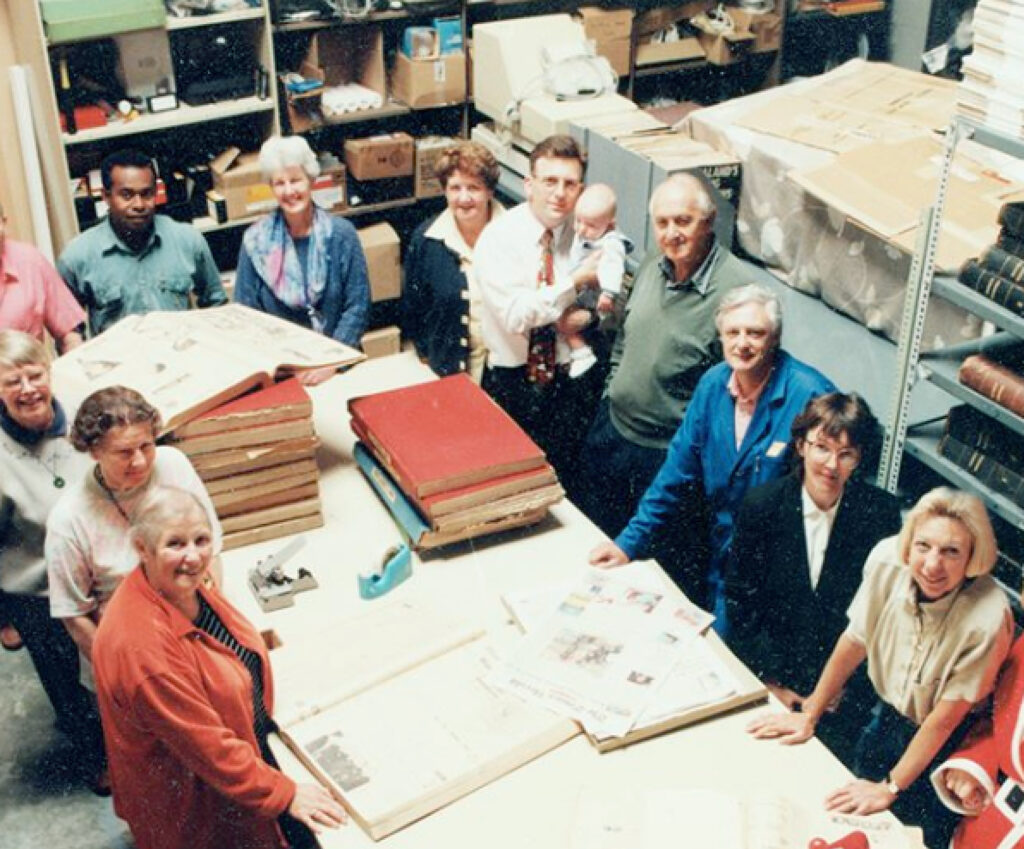
This week we’d also like to acknowledge Matariki, which, for the first time, is being officially commemorated as a national public holiday this Friday — the first holiday specifically recognising and celebrating mātauranga Māori. Matariki is the Māori name given to the Pleiades star cluster that reappears in our night skies from late May to early June. This time is sometimes known as Māori New Year, marking the start of a new phase of life. The appearance of Matariki signifies a time of remembrance, joy, and peace — a time for communities to come together and celebrate.
In honour of Matariki, this newsletter finds inspiration from its themes: reflecting on the past year, celebrating the present, and planning for the year ahead.
Content from the Past Year
In recognition of our anniversary, and to highlight the theme we mentioned above, we thought it would be fitting to provide a recap of our popular content from the last year as well as our most current case study.
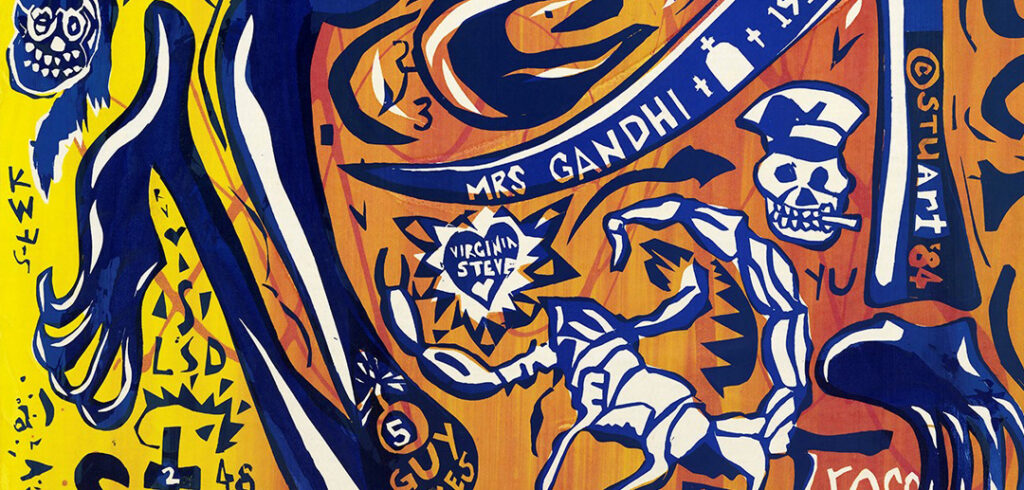
Celebrating Art of the Flying Nun
Independent music label Flying Nun Records was founded in Ōtautahi Christchurch and celebrated its fortieth anniversary last year. To recognise this important date, Christchurch Art Gallery hosted an exhibition called Hellzapoppin’! The Art of Flying Nun. It was a worthy tribute to a significant part of New Zealand’s music history — celebrating a period that exuded an effortlessly cool post-punk attitude.
NZMS were lucky enough to be asked to digitise some of Stuart Page’s posters so they could be featured in Hellzapoppin’!. One screen-printed poster, titled ‘AXEMEN at England St Hall’, is particularly striking, and Stuart explained that a lot of what was happening in his life at the time, and his artistic influences as a result, can be seen within it. It is based on a colour transparency photograph that Stuart took of the AXEMEN inside a bedroom of (the affectionately named) Peterborough St Studios.
Read more about the posters NZMS digitised here!
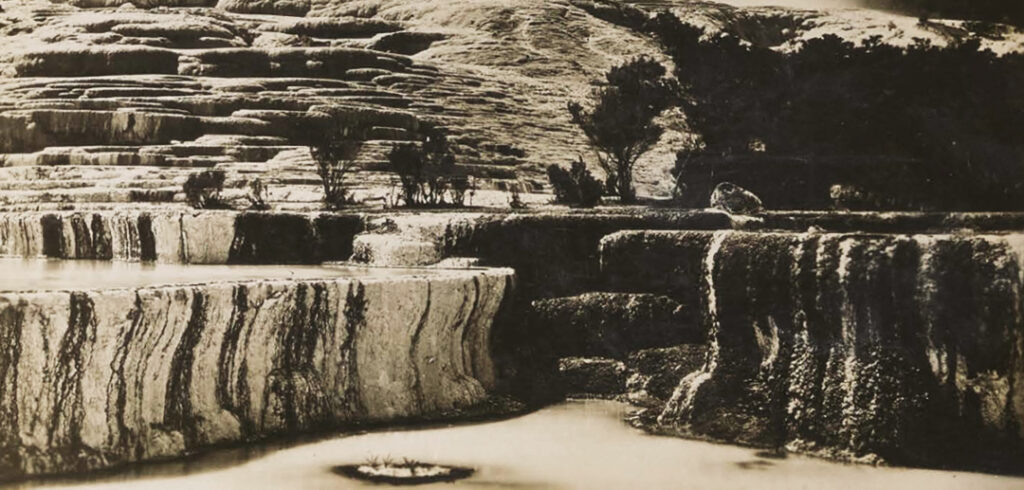
Remembering the Eruption of Mount Tarawera
The Eruption of Mount Tarawera from Rotorua Library Te Aka Mauri’s heritage collection was digitised by NZMS in 2021. The book was assembled by Olive P. Pedlar (c.1937) to acknowledge the 50th anniversary of the eruption and contains a typed collection of newspapers articles, personal accounts, and related photographs. Our team were captivated by some of the extraordinary stories and harrowing eyewitness accounts of the eruption.
Follow this link to learn more and read some excerpts from the book!
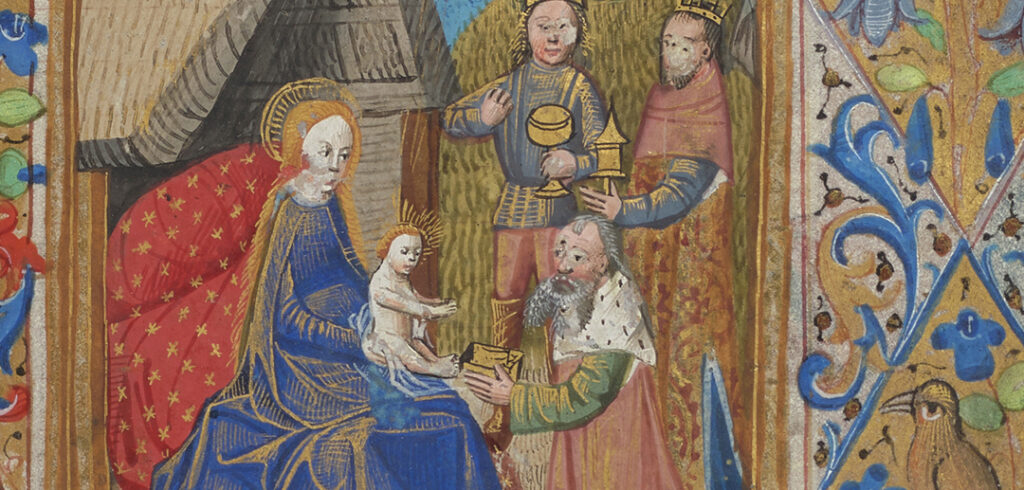
Transporting Medieval Manuscripts into the Public Realm
Last year our team digitised nine medieval manuscripts from Dunedin Public Libraries’ Reed Collection. We were honoured to be responsible for such important material! The collection is comprised of religious manuscripts from Western Europe that range in date from c.1100-1700. Many of the Dunedin Public Libraries’ manuscripts are illuminated which refers to the bright, rich colours and gold leaf that medieval artists used to decorate letters and drawings!
Bill Endres’ quote in Digitizing Medieval Manuscripts poignantly describes the importance of digitising items like those in the Reed collection:
“As a [manuscript] ages, it too transforms into something rich and strange — it’s lost pigments and ink make it an enigma waiting to be known. Even for pages that have escaped severe damage, mysteries abound. There is much to be explored in the materiality of a manuscript. Pages are rich repositories of history: quality of parchment, types of pigments, wear from use, and markings from travels, all make manuscripts instructive witnesses to the medieval world and beyond.”
Read more here!
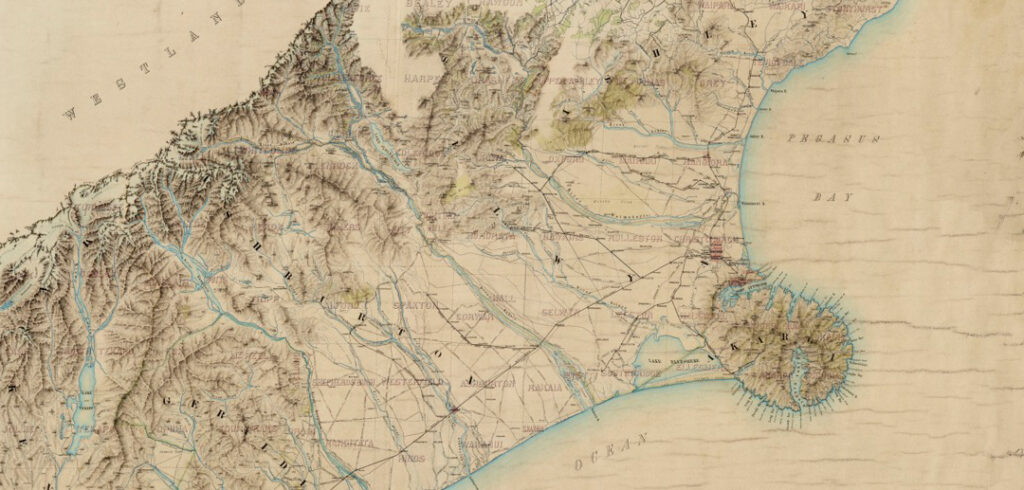
Te Waipounamu and the Black Maps
To celebrate Te Wiki o te Reo Māori last year we re-shared a unique project that we have been working on since 2016. The project involves digitising early-19th century survey plans of the Waitaha (Canterbury) region, some of which are known as the Black Maps.
The Black Maps reveal the relationship that Māori had with Te Waipounamu (South Island) prior to mass land modification that began to take place in the mid-19th century by European settlers. They record a historical picture of kāinga, Māori place names, and areas of mahinga kai such as wetlands, lagoons, and estuaries — many that have been destroyed or irreversibly altered.
To read more, follow this link!
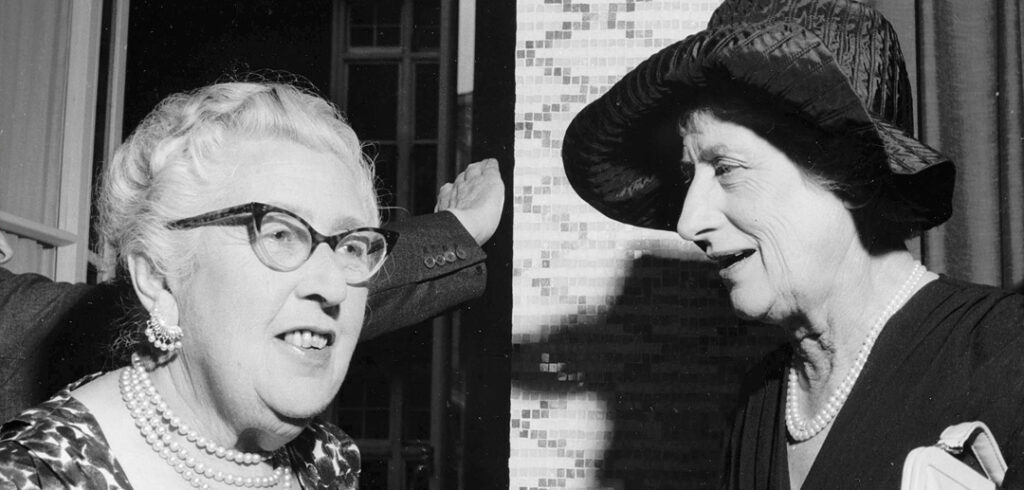
Discovering New Zealand’s Queen of Crime
Dame Ngaio Marsh was crowned a Queen of Crime (alongside Agatha Christie, Dorothy L. Sayers, and Margery Allingham) for her novels starring a fictional British detective called Roderick Alleyn.
Our team in Christchurch were fortunate enough to catch a glimpse into Dame Ngaio’s vibrant, and rather bohemian way of life, by digitising a collection of photographic prints and negatives held in St Margaret’s College archive.
These photographs reveal the wide range of achievements made by Dame Ngaio after she graduated from St Margaret’s. Undoubtedly offering inspiration to those who might choose to follow in her footsteps.
Read our full blog by following this link!
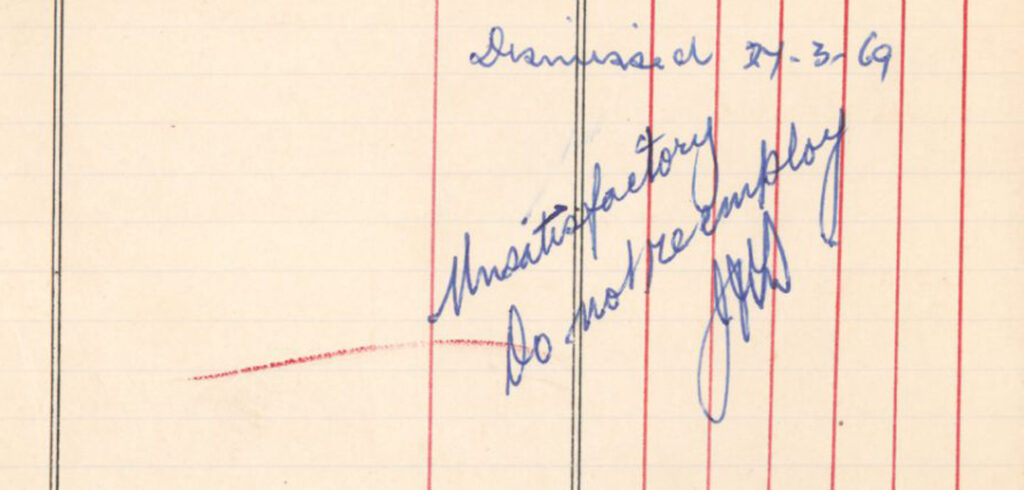
The Chelsea Sugar Refinery’s Disgruntled Poet
While digitising Auckland Libraries’ Chelsea Archives, which includes over 5000 employee record cards, our team came across one for James K. Baxter. He is one of New Zealand’s most renowned (and controversial) poets and playwrights.
The card, dated 1969, states that he was fired and should never be employed at the factory again. Baxter’s short period working as a cleaner at Chelsea Sugar Refinery is well-known: he even wrote satirical poem expressing his dissatisfaction and loathing for the factory.
Being able to easily access primary research material like the employee cards highlights the power held within archives to reframe and piece together history.
Follow this link to read more!
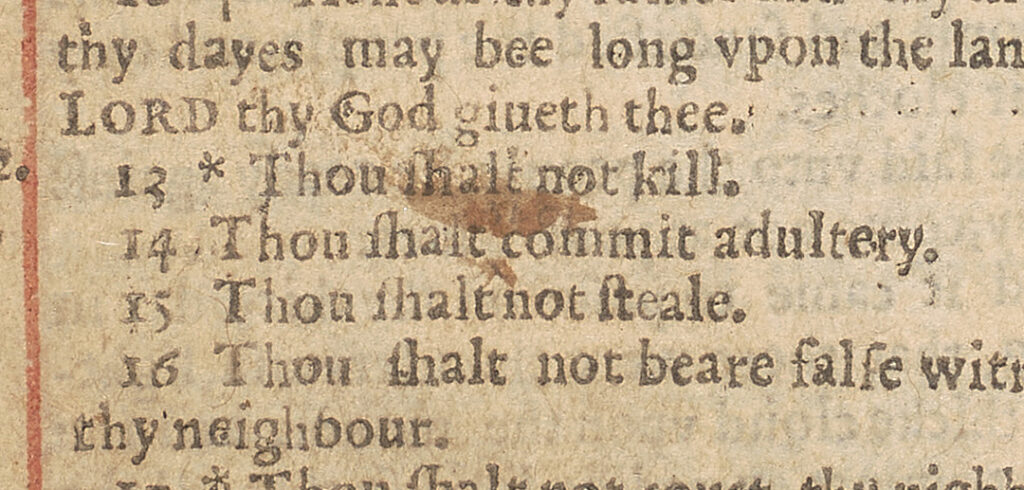
Digitising Aotearoa’s Wicked Bible
This year, NZMS digitised the University of Canterbury’s 17th century King James Bible, dubbed the Wicked Bible because of an unfortunate publishing error that accidentally encourages adultery!
It is the first example of a Wicked Bible that has been fully digitised and it will soon be available online for the public to view. Very few copies of this bible have survived, there are only 20 remaining in circulation, and this is the only one in the southern hemisphere — digitisation helps ensure its preservation long into the future.
On the 4th May, Associate Professor Dr Chris Jones presented a free public lecture, The Adulterer’s Guide: Aotearoa’s Wicked Bible, that discussed the Bible’s scandalous history. NZMS’s Southern Regional Manager, Dr Stephen Hardman, also spoke, describing the digitisation process and the challenges our team experienced. It was a fascinating presentation that offered an insight into this unique artefact, it’s surprising discovery in Christchurch, and the resulting urgency to ensure it is properly preserved for future generations.
Watch the lecture here!
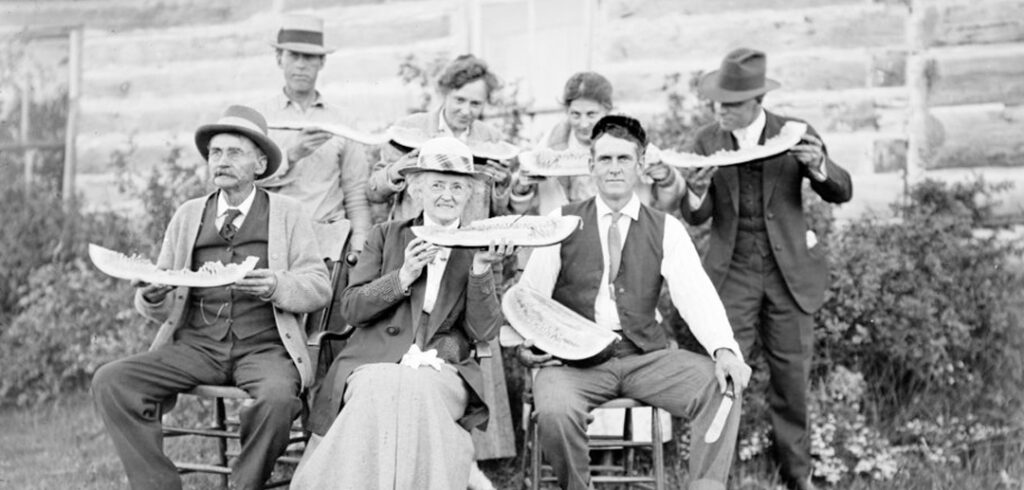
Montana Memory Project Weaves Intricate Stories Through Recollect
The Montana Memory Project (MMP) recently migrated to Recollect so that it could better showcase its extensive online collections.
The Montana Historical Society is currently working with MMP to create narrative pages and one will feature collections associated with Evelyn Cameron.
A prairie homesteader from eastern Montana, Evelyn (1868-1928) was a photographer and diarist who extensively documented her life as a pioneer from the late 1890s.
The MMP holds a substantial online collection relating to Evelyn, including digitised copies of her beautifully penned diaries and more than 600 copies of her large and well-regarded photograph collection. Evelyn’s photographs describe the old west in fantastic detail and comprehensively chronicle the lives of Montana’s early settlers — they depict cowboys, sheepherders, weddings, river crossings, freight wagons, ranch work, badlands, eagles, coyotes, and wolves.
Read more about Evelyn Cameron and MMP’s fascinating collections through Recollect’s case study via this link!
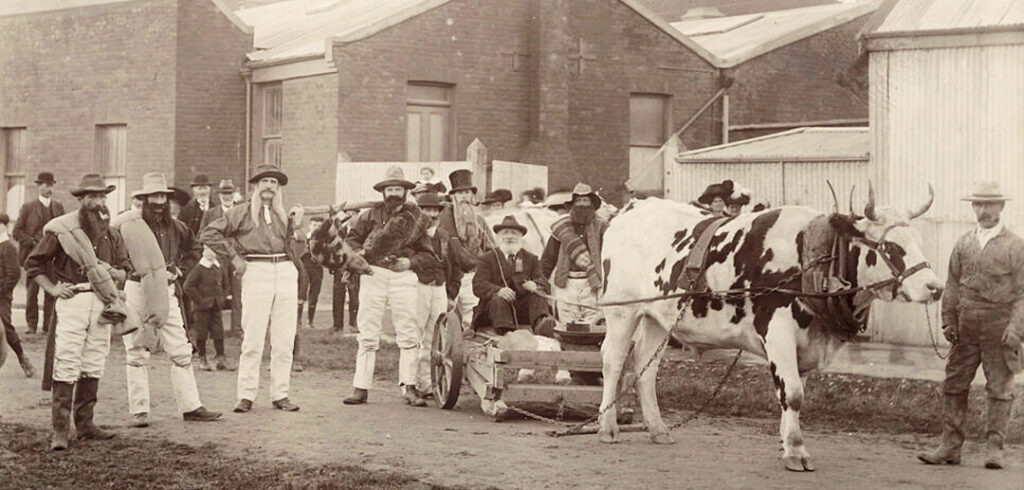
Digihub Celebrates Clutha’s Local History
Clutha District Libraries recently established a digihub through NZMS in the hopes of creating a district-wide cultural heritage repository that facilitates the collection of Clutha’s stories.
The digihub’s quality digitisation equipment allows Clutha District Libraries to support their communities and share untold stories about local families, clubs, groups held in private collections.
Local history is valuable to communities because it records the triumphs and struggles of ordinary people, unlike national history that focuses on more far-reaching events. It portrays how cultural changes impacted peoples’ lives by capturing day-to-day details and stories.
Read our case study by following this link!
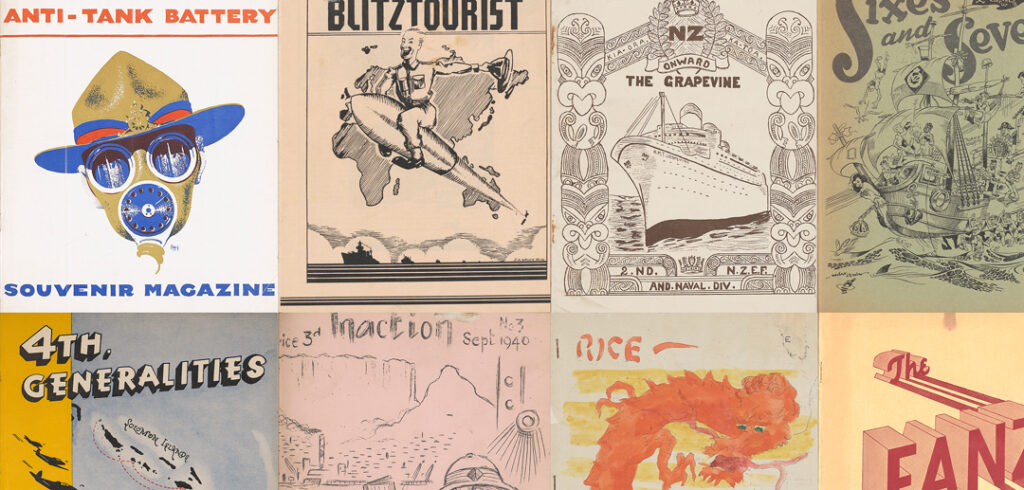
Troopship Magazines Shed New Light on the ANZAC Spirit
Preserving our nation’s cultural heritage and the items that tell people’s stories is an important part of respecting our history and learning from the past — NZMS recently had the opportunity to play an integral part in ensuring New Zealand’s wartime history was preserved by digitising Dunedin Public Libraries’ collection of WWII troopship magazines.
The magazines not only provided soldiers with distraction, entertainment, and an outlet for creativity, but they now also serve as a chronicle and memento of the arduous journey and resulting war where many lost their lives. It is important that stories from wartime are preserved and able to be passed onto future generations so the sacrifice is not forgotten. Digitisation is one way that we can guarantee that our important cultural heritage items are protected.
Read our case study on the troopship magazines by following this link!
Anticipating What’s to Come
While we continue to reflect on the past 32 years of NZMS, we also eagerly look forward to the future and consider how we can continue to show a commitment to the protection of our nation’s cultural heritage.
We are inspired by the whakatauki below which speaks to our values — to community, to collaboration, and a strengths-based approach. It acknowledges that everybody has something to offer and by working together we can all flourish:
Nāu te rourou, nāku te rourou, ka ora ai te iwi
With your food basket and my food basket the people will thrive
The NZMS team look forward to the exciting opportunities that await the cultural heritage sector. We are dedicated to supporting the sector and seeing it prosper for years to come!
